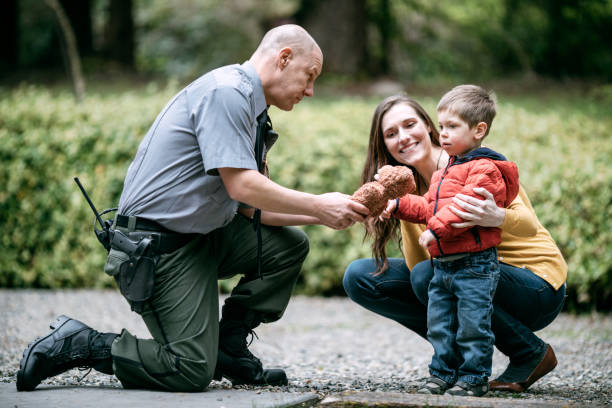Community Surveys 101: A Law Enforcement Guide
Effective community policing relies on building strong relationships between law enforcement agencies and the communities they serve. A key component is understanding the needs, concerns, and perspectives of community members. Well-designed community surveys can provide invaluable insights to help law enforcement leaders align policies, practices, and priorities with what matters most to the communities they protect and serve.
Understanding the Importance of Community Surveys
Recent years have seen increased scrutiny on law enforcement tactics and calls for reforms. Agencies that take proactive steps to connect with their communities build greater public trust and legitimacy. Surveys allow agencies to capture candid feedback directly from community members. The data provides critical insights on where policies or practices may be missing the mark and how agencies can better address community concerns. As law enforcement leaders seek to enact meaningful improvements, community survey findings can inform where to focus efforts for the greatest impact.
Gathering Input on Public Safety Priorities
The first step is asking community members how they view public safety challenges facing their neighborhoods. Effective questions gather input on concerns like crime levels, perceptions of safety, problem areas, and priorities for where law enforcement should focus resources and efforts. Asking people to rate the severity of issues provides helpful benchmarks. Comparing ratings and priorities across neighborhoods and demographics reveals discrepancies in how different groups experience public safety. The insights gleaned help agencies align tactics with the areas people care most about.
Measuring Satisfaction with Police-Community Relations
A key objective is gauging the state of police-community relations and opportunities for improvement. Thoughtful questions elicit how community members truly feel about the police presence in their area. Areas to probe include perceptions of bias, fairness, respectfulness, responsiveness, approachability, and community engagement. Track ratings over time to measure progress. Free response comments often provide the most revealing feedback on lived experiences and interactions. The qualitative data uncovers problematic practices agencies may be unaware of.
Evaluating Effectiveness of Existing Programs
Surveys also provide a mechanism for evaluating current community policing initiatives. Metrics gauging awareness, participation levels, and satisfaction rates spotlight where communication or strategy adjustments may be beneficial. Asking how programming could be improved elicits suggestions for enhancing delivery and responsiveness. Periodic surveys help determine what offerings resonate or whether new approaches are needed.
Demystifying Law Enforcement Data and Results
One challenge is overcoming distrust of self-reported law enforcement data. Maximizing transparency and community participation enhances credibility. Engage community leaders in developing the survey and share methodology. Provide regular updates on response rates and demographic data. Jointly interpreting results with stakeholders builds buy-in for reform initiatives borne out of the findings.
Tips for Optimizing Response Rates
The key to insightful data is maximizing community participation. Here are tips to drive response rates:
- Make the survey easily accessible through online and printed formats.
- Keep questions succinct, clear, and conversational. Avoid bureaucratic language.
- Promote the survey through community partners, social media, and neighborhood canvassing.
- Offer multilingual survey options for non-English speakers.
- Clarify that responses are anonymous and confidential.
- Share that results will inform meaningful reforms.
- Provide small incentives for completing the survey.
- Remind people the deadline is approaching as it nears.
Thoughtfully designed community surveys, paired with transparent implementation of findings, are powerful tools for aligning law enforcement agencies with community needs and enhancing public trust. This proactive listening approach leads to policing that is more just, effective, and reflective of the diverse communities served.
To begin, schedule your free demo and discover how Officer Survey can assist your agency.








